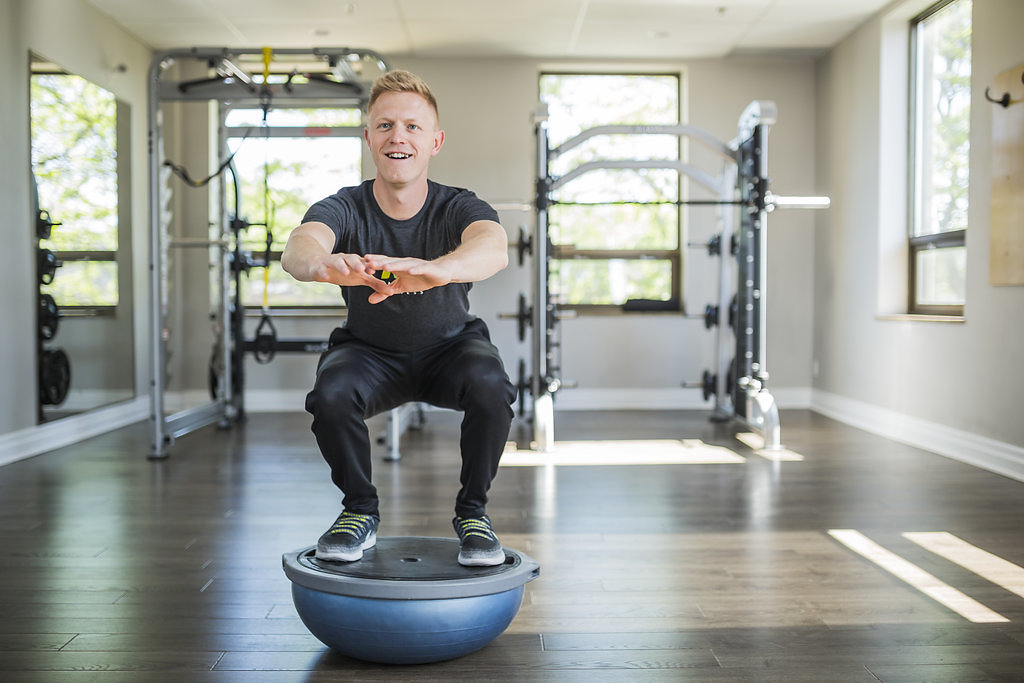
Balance
Our balance changes as we age due to a variety of reasons.
There are 3 systems which coordinate together to maintain it.
- The inner ear
- Vision
- Feedback from our joints and muscles
All three system co-ordinate in the brain – specifically in the cerebellum. The brain then sends out a response to maintain your stability or to adjust your body.
Balance can change as we age due to primary and secondary aging processes, as mentioned in a previous blog. Typically, our vision becomes weaker, perhaps due to glaucoma or cataracts. Often, the feedback from our body is less efficient and the output plan is less effective due to strength changes or complications from a chronic illness. However, with training, you can improve your balance. Think of this as the age-old, “Use it or Lose it”!
You can test yourself using The 4 Stage Balance Test
Overall, the best way to maintain your stability is to train the systems along with strengthening activities. Once you have identified where your balance is weakest, start with that position and build your endurance. For example, you can stand in tandem stance when doing bicep curls, or stand on one foot while brushing your teeth (or even close your eyes)! Balance training as part of the Canadian Guidelines for Physical Activity is identified as being beneficial to decrease your risks of falls.
Article Written by Laura Doyle, Registered Physiotherapist BHSc (PT), B.Ed., B. KIN
As a registered physiotherapist, Laura works at McMaster Family Practice. She sees patients while promoting healthy living and aging along acute and chronic health conditions. Laura is a Member of the Momentum community who makes time at lunch to workout. She is passionate about moving every day to maximize function and fitness throughout the lifespan.

